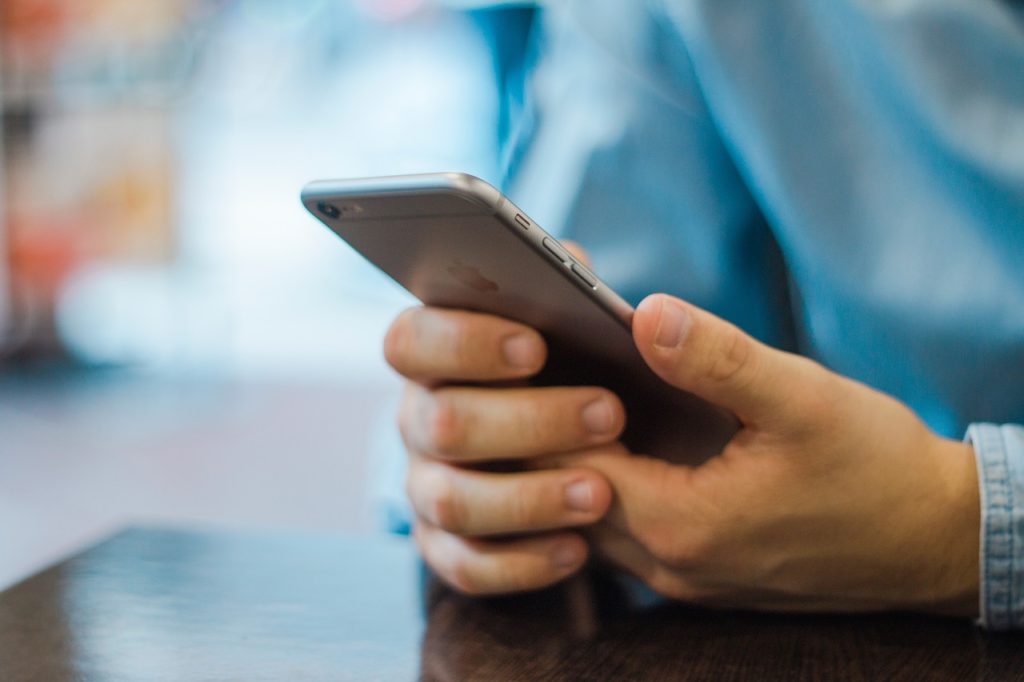Show:
SMS Marketing: A Comprehensive Guide for B2B Companies
With good reason, SMS marketing has risen in popularity in recent years. It’s an efficient way to reach customers in a timely and cost-effective manner. For B2B companies, SMS marketing can be a powerful tool to communicate with customers, generate leads, and drive sales. If you’re looking to learn more about how to use SMS marketing for your B2B company, this comprehensive guide is for you.

What is SMS Marketing?
SMS marketing is a type of digital marketing strategy that involves the use of text messages to communicate with your customers. This can include promotional messages, appointment reminders, and other types of communication that help you stay connected with your customers.
Why is SMS Marketing Effective?
When you integrate an advanced SMS campaign platform like SMS Astral with a well-crafted message, it is like tapping into a profitable source of customer engagement. This is because SMS is incredibly convenient for customers. Most people always have their phones with them, so they’re more likely to see your message quickly. In fact, research shows that 90% of text messages are read within three minutes of being received.
Here are some more reasons why SMS marketing campaigns have been so effective:
- Text messaging is a more personal form of communication that can help you build stronger relationships with your customers.
- Text messaging is relatively inexpensive compared to other marketing channels like email and social media.
- Text Messaging is targeted, so you can be sure your message reaches the right people.
Suppose you’re a B2B company or affiliate marketer looking to boost customer engagement and loyalty. In that case, SMS marketing is definitely worth considering.
How to Create an SMS Marketing Campaign
Generally, there are two main components to an SMS marketing campaign: content and distribution. The content is what you send to your customers, and the distribution is how you get your message across. The best SMS marketing campaigns combine these two components to create a unique experience for each customer.
Step 1: Choose the right platform
An SMS campaign platform is a software tool for managing your marketing campaign. Many different platforms are available, each with strengths and weaknesses. For example, some platforms support automated campaigns that send messages based on a predefined schedule. Other platforms like SMS Astral offer advanced features that allow you to create highly personalized messages and manage your campaign from a single dashboard. The best platform for you will depend on your business goals and the type of campaign that you want to run.
Step 2: Determine Your Goals and Objectives
The next step is to determine what you want to achieve. There are many different objectives that you can set, such as increasing brand awareness or driving sales. The most common goals are to generate leads or sales. Another reason is to increase customer satisfaction. Once you’ve decided on your plan, ensure it aligns with your business’s overall strategy.
Step 3: Content Creation
The next step is to create the content you will send out. This can be a simple text message, or it could be an image and some text. If you want to include an image, ensure it’s high quality and optimized for mobile devices. Some platforms allow you to upload your own images, while others provide a library of stock photos for you to use.
Step 4: Testing, Optimization, and Deployment
Once you have created your content, it’s time to test it. You’ll want to run a few A/B tests with different variations of your message and see which one gets the most responses. Once you find a winner, optimize it by adding an image or changing the subject line for better conversions.

The Benefits of SMS Marketing
Now that you know what SMS marketing is, let’s dive into the benefits. There are many reasons why B2B companies should consider incorporating SMS into their marketing strategy. Here are just a few:
1. Increased Open Rates
When it comes to marketing, getting your message in front of your audience is half the battle. With SMS marketing, you can ensure your message is being read. As we mentioned earlier, 90% of text messages are read within three minutes of being received. That’s a much higher open rate than email, which typically has an open rate of around 20%.
2. Increased ROI
SMS marketing is targeted and cost-effective. It can lead to a higher return on investment (ROI) for your business. By spending less on marketing and targeting your messages to the right customers, you can see a more significant impact on your bottom line.
3. Targeted Marketing
SMS marketing allows you to target your messages to specific customer groups based on demographics, location, and past purchase behavior. This means you can tailor your messages to each customer and increase the likelihood of them taking action.
4. High Response Rates
Not only do text messages have high open rates, but they also have high response rates. Research shows that the average response rate for SMS marketing campaigns is around 45%. This means that almost half of the customers who receive your message will take some action.
5. No Spam Filters
Unlike email marketing, which often gets caught in spam filters, text messages are almost always delivered directly to your customers’ phones. This means you can be confident that your message is getting in front of your audience.

SMS Marketing Campaign Best Practices
Once you’ve created your campaign, then it’s time to send it out into the world. Here are some best practices to remember:
#1 Determine Message Frequency
Choose which days of the week will be your delivery days. You can send messages on consecutive days or alternate between different days of the week. Consider sending at different times during the day, depending on what your audience is doing and when they are most receptive to receiving your messages.
#2: Choose the Right Call-to-Action (CTA) for Your Campaign
The most common CTA is asking your audience to click on a link to read more about your product or service. This is an easy way for you to track how many people are responding and what their interests may be.
#3: Create a Compelling Headline
The headline is the first thing people see when they open your email. It should be short and to the point, while still being creative enough to catch people’s attention.
#4: Send Additional Follow-Up Messages
After you have sent your first message, send at least one follow-up message. This way, people will know that you are still around and interested in providing them with information about your product or service.
Conclusion
The essential functions of SMS marketing include sending text messages to a list of subscribers/followers and receiving information in return. The key is to provide your customers with the right messages to fit their needs and help advance a relationship that otherwise might not exist. Once you know how to use this strategy effectively, your business will reap the benefits.

 Return to Previous Page
Return to Previous Page








